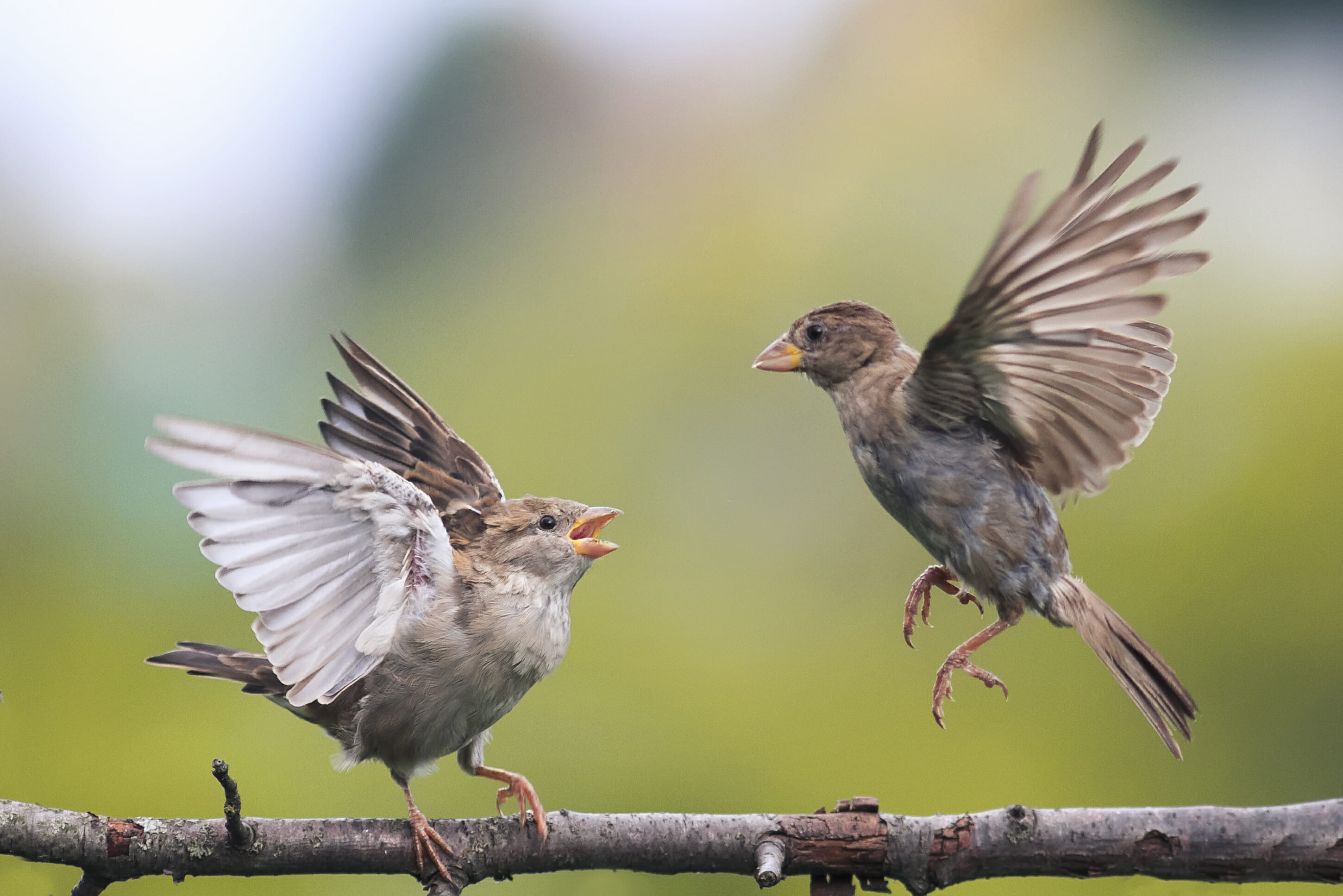


Pilots often deploy George to command the plane when it reaches cruising altitude or when they’ve flown for more than 10 hours, when they’re required to rest per FAA regulations for two-pilot planes. “George” is a nickname for a plane’s autopilot system that follows a programmed set of points to the flight’s destination, taking into consideration changes in turbulence and altitude, according to Aimer. There’s a “George” on nearly every commercial aircraft, but he’s not a crew member. in London for example, it’ll be 02:00 “Zulu time” for every pilot in the air.īut to avoid confusion among passengers, pilots refer to the time zone of their destination when speaking with passengers over the intercom. GMT is the time kept by the Royal Observatory in Greenwich, London. Since pilots can pass through multiple time zones in one trip and must communicate with air traffic controllers from around the world, aviators follow “Zulu time,” or Greenwich Mean Time (GMT), the universal time zone of the skies, Aimer says. Several airlines offer courtesy jumpseats to pilots from other companies, too. “You basically beg for a ride on your airline or somebody’s else’s to get to work,” Aimer says. If there aren’t any seats in the passenger cabin available for deadheads, they can claim an extra fold-up seat in the cockpit, known as a “jumpseat.” Most jumpseats are reserved for FAA inspectors or off-duty flight personnel traveling back to their home base, says Ross Aimer, a retired United Airlines pilot of 40 years. Two security officers were fired after the incident, and United has since settled with Dao. Airport security officers dragged a bloodied David Dao down the aisle of the plane after he refused to give up his seat. United Airlines created a customer service frenzy when a viral video captured a passenger’s violent removal from an overbooked flight to make room for four deadhead United crew members. In rare cases, a deadhead crew can boot paying passengers. “Deadheading” is fairly common: if a flight crew lands in their destination but must depart from a different airport for their next shift, an airline can fly the off-duty crew members there, as long as there are seats available, he says. “We’ve got a deadhead crew flying to Chicago”ĭespite how it may sound, this isn’t an insult: Off-duty pilots or flight crew who board a commercial flight as passengers to fly back to the plane’s home base are called “deadheads,” Haines says.

Once a flight has crossed the shore and resumes flying over land, they’ll call in to air traffic control that they’re “feet dry,” Haines adds. In the event that the aircraft encounters an emergency above water, like trouble in a combat zone, the controllers can deploy the proper rescue vessels given the plane’s location. This phrase alerts air traffic controllers when a military aircraft, (usually a Navy carrier pilot), is flying over water, says Tom Haines, a private pilot and editor-in-chief of AOPA’s Pilot magazine. These days however, it’s much more common to hear pilots announce that the plane is “cleared for takeoff” - particularly on commercial flights - for the sake of brevity. Once the crew completes the pre-flight gear inspection, it’s time to ignite the engine and take to the sky. in Independence Day, the military phrase signals that a plane is just about ready for takeoff, says Mark Baker, a commercial pilot of 35 years and current president of the Aircraft Owners and Pilots Association (AOPA). Here are some open secrets that virtual teams adopt for high performance.“Let’s kick the tires and light the fires”įamously uttered by Harry Connick Jr. Startups that can implement virtual or hybrid company culture at the early stages of their business will reap the most benefits. Unfortunately, this is often a redundant effort as high-functioning virtual teams don't rely on all the same teamwork strategies used by in-person teams. And that’s what messes with efforts to work well remotely - we’re taking in-person strategies and bringing them into the virtual world. Many existing teamwork models are based on teams that interact in person at least some of the time. When remote work first started, there was this idea that employees would have more time for themselves, for their families. Maybe they’re not models every company can use, but just about all startups were forced to adopt them at some point in 2020 - and it works for some better than others. But jeez, did they gain steam during the global pandemic. Remote-first or hybrid-work models have been around for years.


 0 kommentar(er)
0 kommentar(er)
